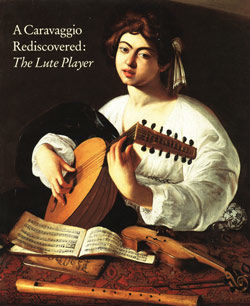Tenor Recorder
Not on view
"Recorder" is an English term for a duct flute, which is also called flauto dolce, flûte à bec, or Blockflöte. Its fipple mouthpiece makes it a relative of pipes and whistles; however, recorders have a hole for the thumb and holes for four fingers of the lower hand. Recorders come in different sizes, with their name indicating the relative range, for example, soprano, alto, tenor, bass; however, the recorder plays an octave above the corresponding vocal range.
By the mid-1600s, recorders were typically made from a single piece of wood. The bore is largely cylindrical and the timber is determined by lower harmonics. Renaissance recorders were played in consorts, and the large bore provided a mellow sound that blended well with other recorders, voices, or stringed instruments.
The two holes at the bottom of the recorder enable the musician to play it either right- or left-handed. The hole not being used could be plugged with wax (see illustration and closeup of bottom part of instrument).
Due to rights restrictions, this image cannot be enlarged, viewed at full screen, or downloaded.
This artwork is meant to be viewed from right to left. Scroll left to view more.


.jpg)
.jpg)


